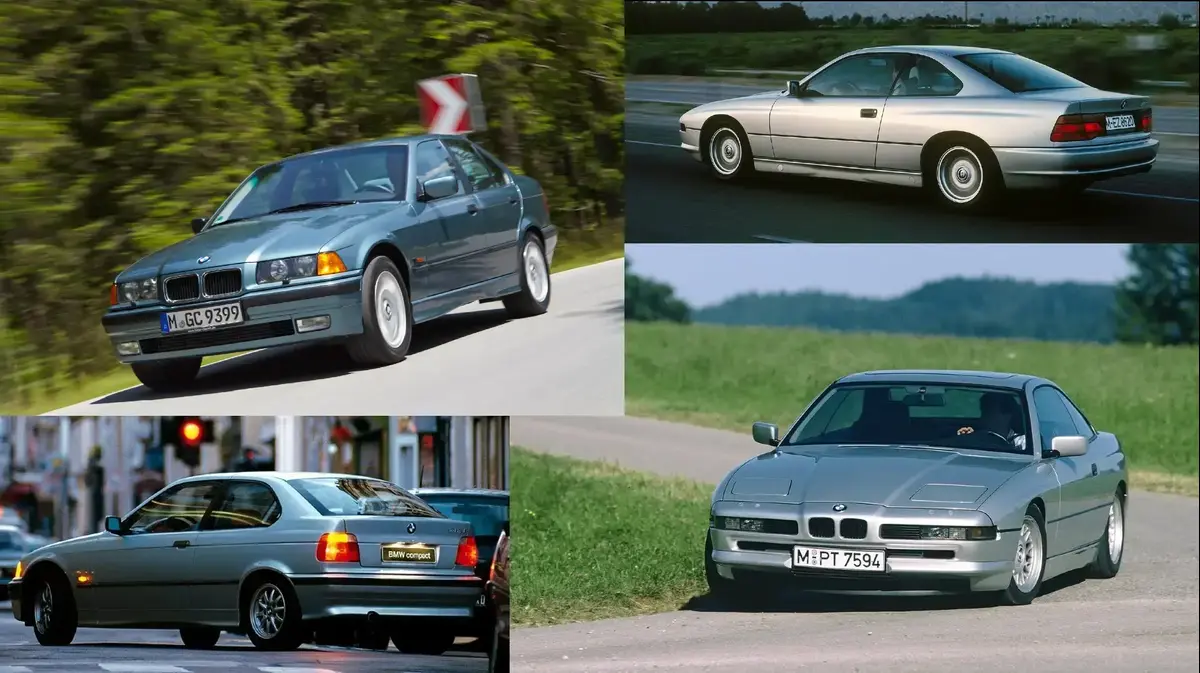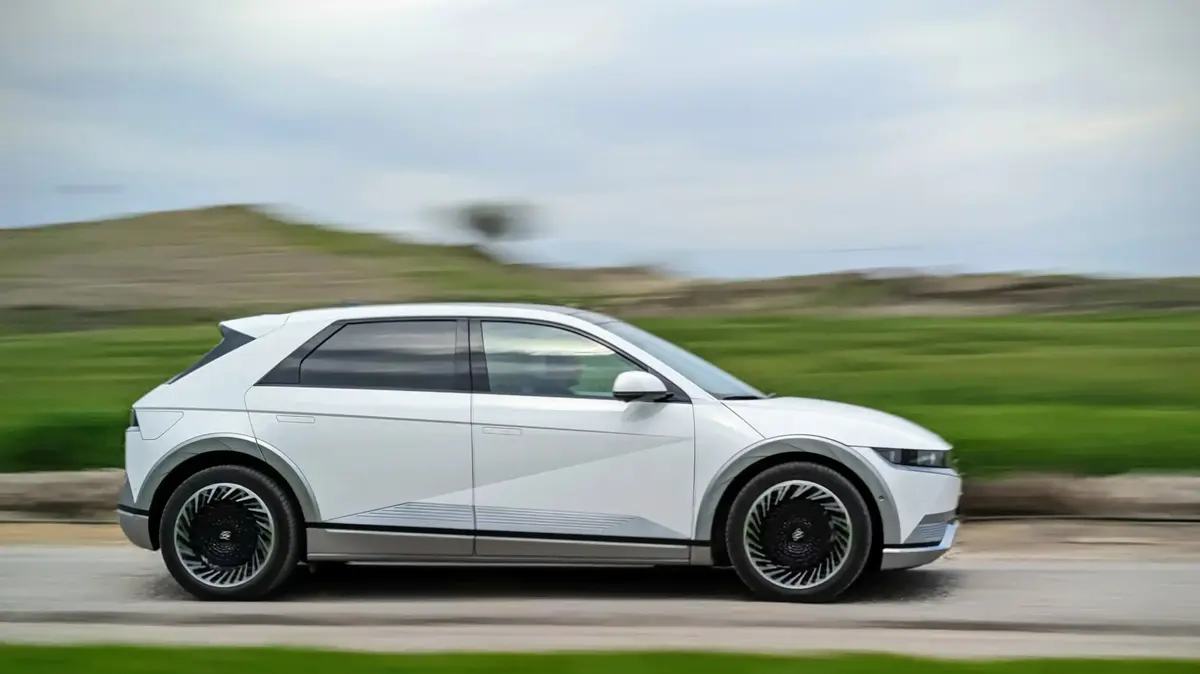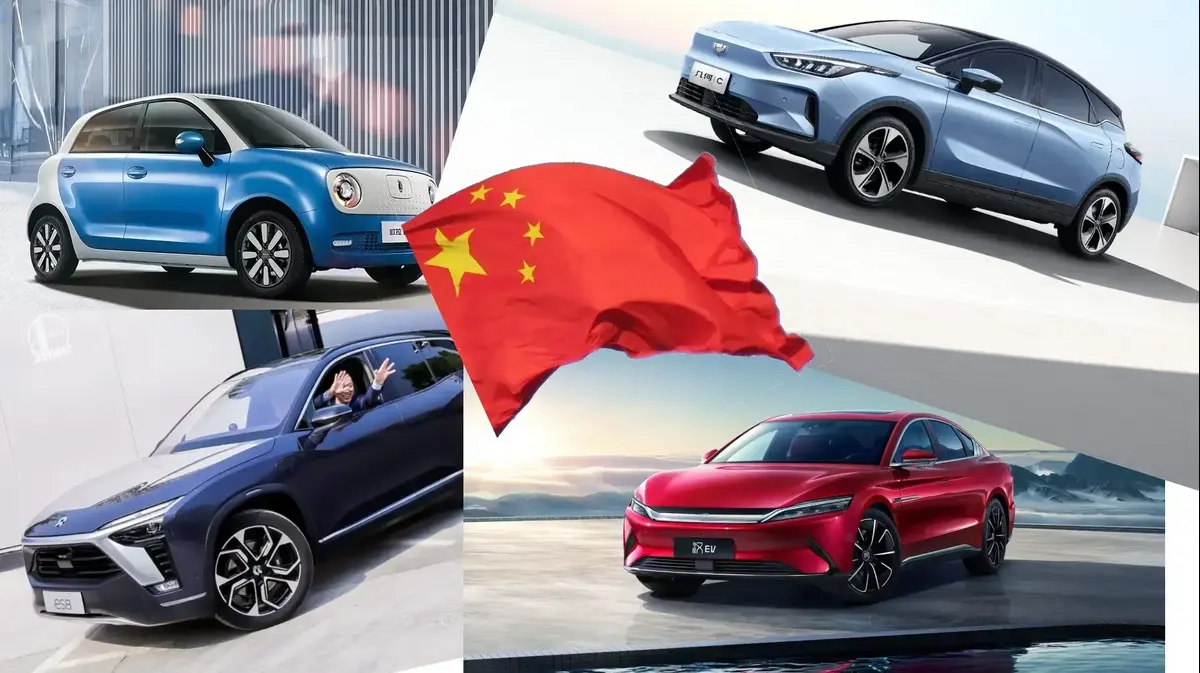Status swaps: Part I
Out of a number of exciting and historic cars that came into the world in 1990, we open our series of articles this time with two legends that were really, BMW Series 3 and BMW Series 8
BMW Series 8 and BMW Series 3 Two glorious dynasties from Bavaria
30 years for BMW Series 3 and Series 8 (Photo: Manufacturer, Manufacturer Website)
Like every year, this time too we sit down in the time machine (DMC Delorian, obviously) and go back 30 years back to 1990, and there we pick up some car that is worth coming to the car's Hall of Fame, or just trash that future generations should know and know what to watch out for.
Quite a few cars were revived around the world in 1990, Ford Explorer, Nissan Primera, Hyundai Elantra, Daewoo Espero, Mazda 121 (remember the "Binba"?), Fiat Tampere and others. But we're not here to buy a car for dismantling, we're here to remember the really interesting things that came to the world in 1990. Since there were quite a few, such as the Lotus Carlton, Honda NSX, Volvo 900 Series and the original Toyota Freevia and Renault Cleo, and they all deserve their own story, this time I divide it up for easier digestion. The first dish is a Bimaran duo, Series 3 and Series 8.
More in Walla! NEWS More in Walla! NEWSThe new BMW 3 Series in first driving
To the full articleE36 has taken Series 3 to the senior status it has to date
30 years for BMW Series 3 and Series 8 (Photo: Manufacturer, Manufacturer Website)
BMW 3 Series
BMW's third-generation BMW 3 Series, also known as the E36 model code, has been and still is in many ways one of BMW's great bounces for its status today. It was a car that concentrated into a single model not only the best that BMW traditionally had to offer, but also solutions, technologies and accessories that became an integral part of what we still define as a premium sports family today.
Unlike the E30 which she replaced, the E36 started her life with a 4-door car (for the previous generation this car only joined in '84 two years after the model was shown), the design is signed in German Wika Boyer and a young Japanese designer named Joshi Nagashima Who joins the company and is responsible for the innovative and different lines of what until then BMW
The 90s yuppies pounced on the open version
30 years for BMW Series 3 and Series 8 (Photo: Manufacturer, Manufacturer Website)
But even through design, that BMW Series 3 was also characterized by a much more spacious passenger compartment, with accessories like climate control, advanced way of computer, better material quality and excellent human engineering. The base versions used four-cylinder engines and the six-cylinder versions received the new Series 5 engines introduced the year before. With the head of 16 valves the power was 150 kW at 320 and at 325 the power was 192 kW. In these versions, the automatic gearbox was the first to offer five gears in family cars.
The M family
30 years for BMW Series 3 and Series 8 (Photo: Manufacturer, Manufacturer Website)
While in its front, the E36 made use of the outgoing generation MacPherson, from behind the story was completely different. One of the main complaints about the E30 was its tendency to oversteer the restrictions. In order to solve this problem, BMW has developed a unique and advanced multi-connector rear rack which they introduced in Z1. That roadster did indeed start a dynasty of road cars in BMW, but its main purpose was to provide a platform for developing that sophisticated rear suspension. The Z3 that was part of the same roadster series is based on the E36.
Cabin in series 3
30 years for BMW Series 3 and Series 8 (Photo: Manufacturer, Manufacturer Website)
In 1992, two more versions were added to the series 3, the box office configuration and the M3 version. Both the box office remains one of the nicest cars to date and the M has become two iron sheep sheep assets of the manufacturer. The M3, which deserves its own article and will receive such, used a 6-cylinder engine in 3.0 liter volume initially and subsequently increased to 3.2 liters. While it has become at least an outgoing extremist who was simply a version of the "Hardcore" highway for a BMW that a BMW made simply to meet the homogeneous quotas, it was still a huge success.
Comcompet has ahead of its time
30 years for BMW Series 3 and Series 8 (Photo: Manufacturer, Manufacturer Website)
Of course, alongside the box office and sedan, the Series 3 was also offered in cabriolet, station wagon and Baur versions which was a kind of cabriolet in which only the roof above the passenger heads opened, while the roof frame and doors remained, a bit like a box of sardines. But the most unique version of the E36 was the "Compact", this brief configuration came to answer the market segment that BMW wanted, but the Series 3 was too expensive for it. Among the most notable changes was the concession to the same sophisticated multi-connection rear rack and used the E30's successive arms configuration. In a way, though not a very big commercial success, it advanced what they later did to Audi with the A3 and Mercedes with the A-Class and BMW with the Series 1.
The E36 continued to evolve, refine and add versions and engine volumes until it was replaced in 1998 with the E46, which, in light of its very successful platform, largely relied on its predecessor.
Okay ... chills
30 years for BMW Series 3 and Series 8 (Photo: Manufacturer, Manufacturer Website)
BMW Series 8
With BMW Series 8 I carry a personal childhood memory, one such yellow was parked in one of the neighborhoods near my place of residence as a child, I remember moving there despite the longer road, just for the chance and opportunity to see the spaceship car and stare at it .
Because when it was introduced in 1989, these sharp lines, the low silhouette, the headlights, it all looked so futuristic and different from what was going on not only in Israel parked these cars, but in general. It is not only the dimensions and the pointed exterior design, but also what was inside. The 5.0-liter V12 engine was available with a six-speed manual transmission. It was one of the first to offer systems like electric throttle, speed-dependent steering, electronic shock absorbers and multi-connection rear suspension with the option of passive rear steering. It was the first to use a "multiplex" electrical system, which said that different vehicle systems could communicate with each other, which has become the standard of the industry today.
More in Walla! NEWS More in Walla! NEWSBMW Series 8 in Israel
To the full articleFlashlights pop, how can you not love her
30 years for BMW Series 3 and Series 8 (Photo: Manufacturer, Manufacturer Website)
True, all these gadgets and many others added weight and this huge GT, with its 478 cm across easily traversed the 2 tonne. Despite the plethora of cylinders, the 300 horses it originally produced were not enough to produce a look and feel It moved. BMW provided a specific response to this issue in 1993, when it introduced the 850 CSi with a volume of 5.6 liters 381 hp. Subsequently, an intermediate version called 850Ci with 5.4 liters was added to this engine and had 326 hp and the basic 840 with a 4.0 liter V8 and 286 hp in 1995 replaced it with a 4.4 liter engine with better torque and fuel consumption but power remained same. The absolute answer, a terrific M8 version with 550 hp BMW was almost finished developing in 1991, but it didn't come to production eventually, mainly because of the early 1990s recession combined with the Gulf War and rising prices The world's oil.
The prototype of the M8, which did not get to production
30 years for BMW Series 3 and Series 8 (Photo: Manufacturer, Manufacturer Website)
30 years from its presentation, today it can be said that this car showed a huge gap between its exterior impression and what actually happened to it. The V12 engines turned out to be incredibly reliable and complicated to maintain while the weaker versions did not deliver the goods when it came to paying off the exterior look. A little more than 31,000 Series 8 cars were sold until production ceased in 1999 and nearly 20 years will pass until BMW releases a successor bearing the same name.
The V12 engine is incredibly complicated
30 years for BMW Series 3 and 8 Series (Photo: Manufacturer, Manufacturer Website)














